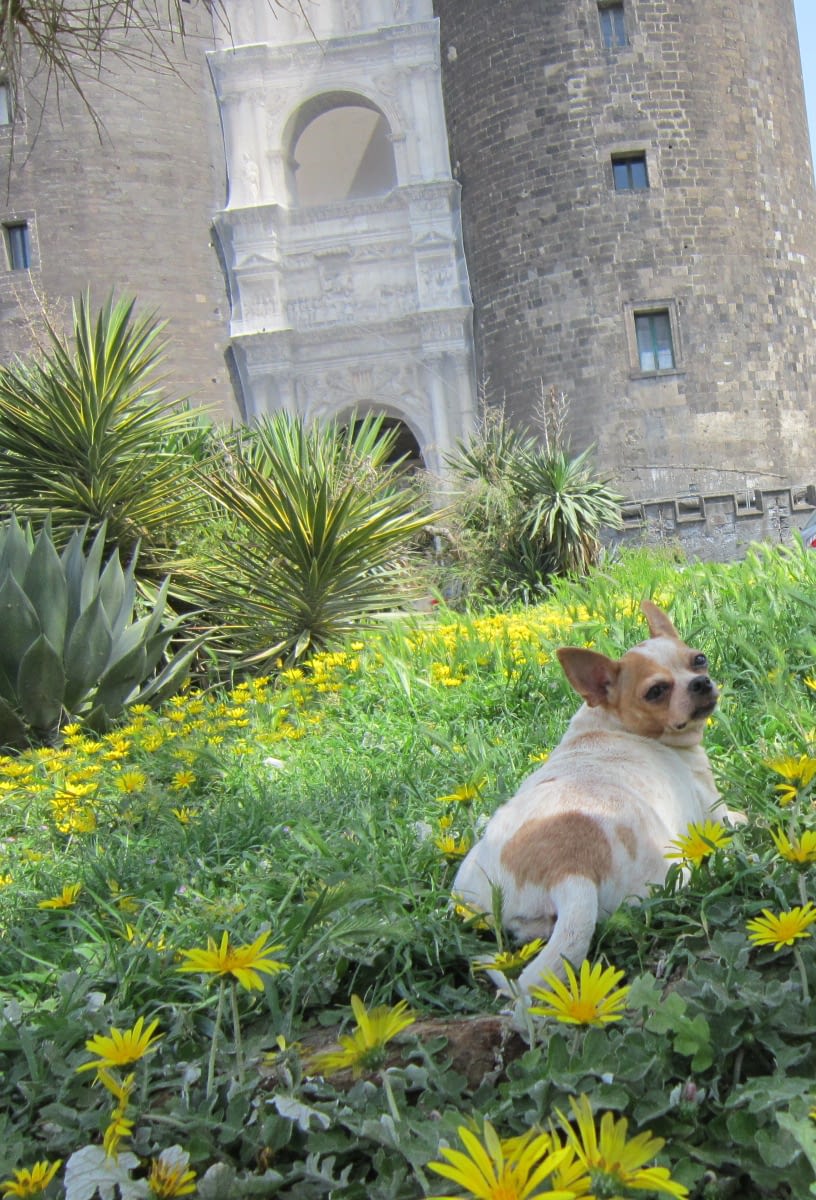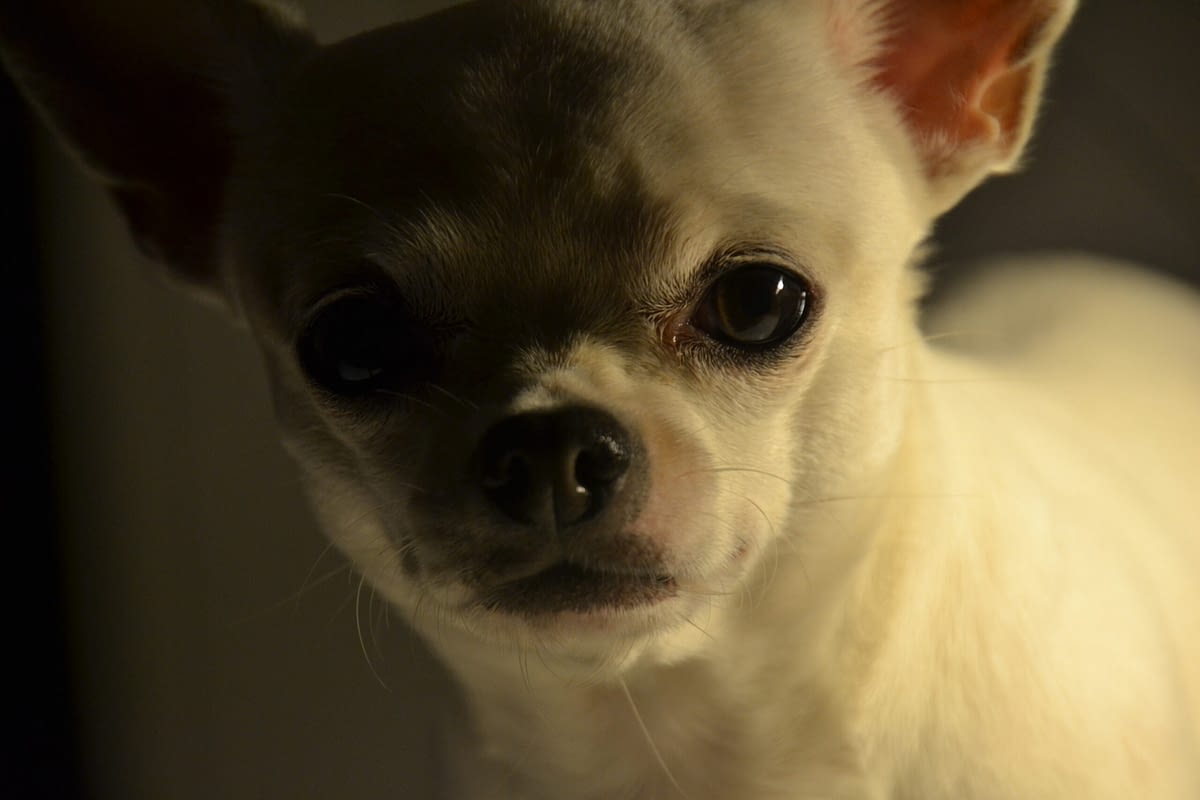Castration and behavior, what correlations?
Is it true that neutered dogs no longer guard?
Is it true that neutered dogs no longer guard? That spayed bitches are no longer able to go hunting? As is often the case, we always hear the funniest and most unexpected reflections.
And that is how, by attending groups of animal owners who were unaware that I was a Veterinarian, I was able to realize that people have a lot of confusion about the intercurrent influences between the removal of the male or female genital apparatuses and the repercussions this can have on the behavior of our darling.
Let’s have some clarity!
The surgeries commonly referred to as neutering for boys and spaying for girls are very commonly practiced surgeries in veterinary facilities to curb the birth rates of our pets and to reduce many inconveniences related to escapes, blood loss during heats, dull vocalizations, etc.
It is now common practice to have female dogs and cats sterilized while still very young, while for males I have noticed an all-Italian reticence, little felt abroad to keep the “family jewels.” I do not know how this Italic femomeno developed, however, I can say that in my professional experiences in Europe and the United States, I have not noticed any particular differences in the demand for intervention between males and females, whereas in ours males only castrate themselves on particular occasions. If for females, in fact, the greatest fear is dealing with gestation and then the adoption of a nice brood of puppies, in males castration is usually required for males who persistently mount the legs of owners and guests, for dogs who run away or become aggressive, or for cats who mark the house with their particularly smelly urine. Let’s see how this can affect the behavior of subjects once operated on. Cats usually do not change much. They become calmer, less prone to the mood swings that characterize an unoperated subject. In fact, the she-cat is polyseasonal, that is, she has a lot of heat during the warm spring-summer season. If not operated on average 2-3 times a month she has some days of severe agitation, with vocalizations, urination outside the box, constant rubbing on her 2-legged friends. Sterilization makes her much calmer and more predictable. The bitch in the wild has 2 heats per year, on average every 6-7 months. With sterilization of course he can no longer go into estrus. In the bitch there is evidence of a strange phenomenon of increased territorial aggression following sterilization, probably because the inhibitory action of some hormone produced by the ovaries is lost. The spayed bitch is therefore on average better at guarding! The neutered cat is much more reluctant to leave the house, fights less with cospecifics, and thus the risk of bites, scratches, and consequently disease transmission is reduced. He does not urinate in the house and is much more “slipper-like.” Hunting and game activity is not affected by the intervention. The neutered dog is less competitive with both humans and dogs and tends more toward submission. Often orchiectomy is part of rehabilitation therapy for a sociopathic or aggressive dog along with behavioral and drug therapy. He maintains all the habits he had before in terms of movement and spontaneous activities. Neutering and spaying in no way affect the animals’ ability to learn and work with humans. They also do not affect sniffing and hunting ability in any way. The only side effect common to all practices of surgical interruption of reproductive capacity in mammals is the predisposition to gain weight due to the body’s reduced energy demand. It is up to the owner to reduce the caloric portion of the ration and increase their animal’s physical activity.
Dr. Diego Cattarossi
















































